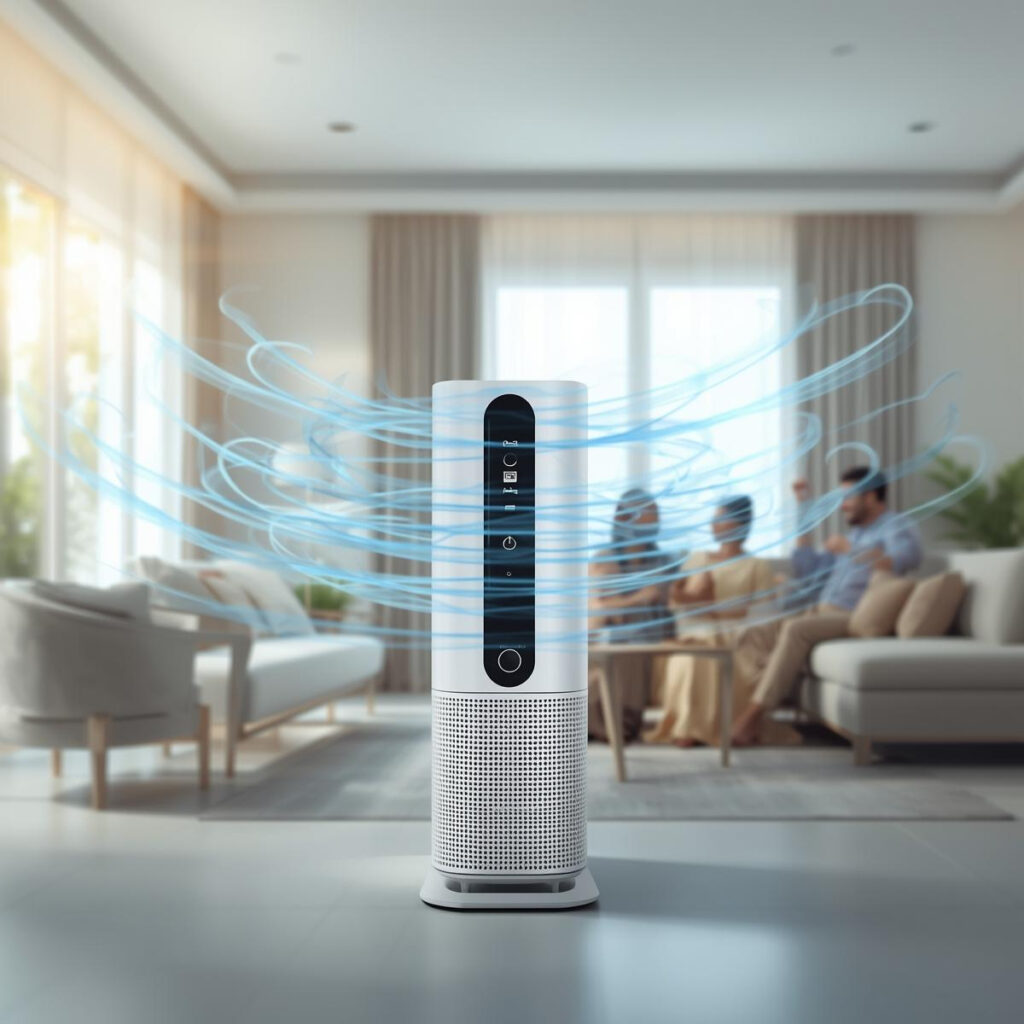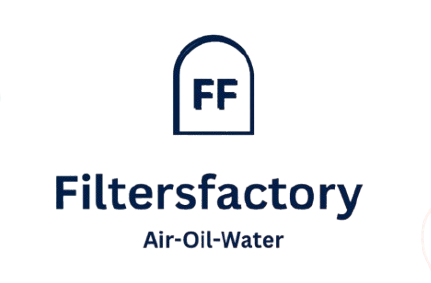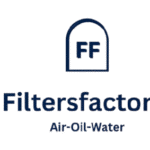Best Air Purifier in India Comprehensive Buying Guide & Top Picks 2025
Air pollution in many cities in India frequently hits hazardous levels, especially during winters. An air purifier can make a big difference in indoor air quality, affecting asthma, allergies, and general wellbeing. But with dozens of brands, models, and features, choosing the best air purifier in India can be overwhelming. This guide will walk you through what matters, which brands and models stand out, and help you make an informed decision.
Why You Need a Quality Air Purifier in India
- High PM2.5 / PM10 Levels – Many cities in India regularly breach safe air quality limits. Outdoor air pollution often gets indoors, so filtration helps.
- Allergies & Respiratory Issues – Dust, pollen, smoke, mold, VOCs (from paints, furniture) can trigger asthma, allergies. A good purifier helps.
- Odours, Smoke, Indoor Pollutants – Kitchens, traffic, smoking etc contribute to smells and indoor pollution. Activated carbon filters + special technologies can help.
- Viral / Bacterial Protection – While purifiers aren’t a substitute for medical measures, those with HEPA + UV / ionizer etc may reduce certain airborne germs.
What to Look for in the Best Air Purifier — Key Features & Specs
To pick a good model, here are the technical and practical factors to evaluate:
Feature | Why it’s important | What to aim for |
Filter Type | The core of purifying air. HEPA filters trap fine particles (PM2.5 etc.), activated carbon filters remove odour/VOCs. | Look for True HEPA (H13 / H14); multi-stage filtration (pre-filter, HEPA + carbon) is better. |
CADR (Clean Air Delivery Rate) | Shows how quickly a purifier can clean the air in a given room. Higher CADR = faster & more effective. | For a room of ~200 sq ft, CADR should be ≥ 200 m³/h ideally. |
Room/Area Coverage | The purifier must match the room size. Too small = ineffective; too big = wasteful. | Measure your room (sq ft / m² + ceiling height). Then pick a model designed for that coverage + some buffer. |
Noise Level | Many use at night, or in bedrooms/offices—noise matters. | Look for ≤ 30-40 dB for low-noise; quiet modes; if “whisper mode” available it helps. |
Filter Life & Replacement Cost | Filters need replacing; cost + availability matter in India. | Check cost of spare HEPA/carbon filters, availability locally. Longer filter life = lower running cost. |
Power Consumption / Energy Efficiency | Many hours of use → electricity cost adds up. | Look for low wattage, energy-saving modes, smart sensors (adjust fan speed automatically). |
Additional Technologies | UV light, ionizers, smart sensors, app control, display AQI etc—nice to have if they add value. But some technologies produce ozone—caution needed. | Prefer only those that are tested and certified. For example, UV with safety enclosure; ionizers with low/no ozone; verified sensors. |
Build & Maintenance | Easy to clean pre-filters, good brand support / warranty etc. | Brand that has service centers in India; spare parts; filters easy to access and change. |
Top Air Purifier Brands in India (2024-25)
Based on expert reviews, consumer feedback, best air purifier in India performance, support, and value, here are brands that consistently deliver quality:
- Philips – Known for good HEPA filters, reliable performance, decent support.
- Honeywell – Strong multi-stage filtration, good CADR, lots of variants.
- Coway – Premium end, often with silent operation, advanced filters, longer lifespan.
- Xiaomi (Mi) – Good value, smart features, app / IoT integration.
- Sharp – Technologies like Plasmacluster + good for odor, haze, vortex filters etc.
- Dyson – Expensive, stylish, good if you care also about design + extras (air flow, fan, heating etc).

Best Air Purifier Models in India 2025
Here are some recommended models in different categories. Prices are approximate as of mid-2025 and may vary.
Use Case | Model | Coverage Area / CADR | Pros | Cons |
Best overall | Honeywell Air Touch V3 | ~ 450-500 sq ft, strong CADR, 5-stage filter | Quiet, good performance for the price, strong support | Replacement filters are somewhat costly |
For large living rooms | Dyson TP10 Cool / TP04/TP07 | ~ 500-600 sq ft | Ultra quiet, premium build + display + smart features | Very expensive; filter cost high |
Budget (< ₹10,000) | Xiaomi Smart Air Purifier 4 Lite | ~ 400-500 sq ft; good CADR | Affordable, smart mode, app control | Filter life shorter; fewer fancy features |
For allergens / pets | Philips AC1711 / models with HEPA + carbon | Smaller rooms (≤ 300 sq ft) | Very effective with allergens; good build quality | Not ideal for large rooms; may need frequent filter replacement |
Odour / smoke heavy / kitchens | Sharp Plasmacluster models / purifier with strong carbon filter | Medium rooms | Strong odor elimination, smoke reduction | Bulkier; maintenance of carbon filter more frequent |
How to Choose the Right Air Purifier for Your Home
Here’s a step-by-step checklist to help you decide:
- Measure your room area: Length × Width × Height gives cubic volume.
- Determine usage time: Will you run it 24/7, only nights, only when AQI is bad?
- Decide star features: Do you need app control? AQI display? UV? Ionizer? Quiet mode for night?
- Check space constraints: Purifier should be placed away from walls / furniture for optimal air intake.
- Budget for running cost: Filter replacements + electricity can add up.
- Check reviews / real‐user feedback in Indian conditions (dust, humidity, power fluctuations etc.).
Common Myths & Mistakes
- “More features = better air” — Not always. HEPA + carbon + good CADR often matter more than bells and whistles.
- “Filter rating is all” — Even with a good filter, if the purifier is underpowered for your room, performance suffers.
- “Ionizer / UV solves everything” — Some produce ozone; safety & certification matter.
- Neglecting maintenance — Dirty pre-filter or clogged HEPA reduces performance drastically.
Maintenance Tips to Keep Performance High
- Clean pre-filters often (once every 2-4 weeks)
- Replace HEPA / carbon filters as per manufacturer recommendation
- Place purifier at least 6-12 inches from walls; ensure airflow not blocked
- Use night / silent mode in bedrooms to reduce noise
- Keep windows/doors closed when AQI outside is bad if trying to purify effectively
Conclusion & Final Recommendations
If you are seeking the best air purifier in India, start with matching your room size, budget, and main pollutant concerns (dust, odour, allergens, smoke). Prioritize:
- True HEPA filtration
- Good CADR relative to room size
- Reasonable maintenance costs
If you want one pick recommendation:
Best value for most homes: Xiaomi Smart Air Purifier 4 Lite (good features and performance at affordable price)
Premium but top performer for large spaces: Dyson TP10 Gen or Honeywell/V3 series
FAQ
- How big a purifier do I need?
A. Use the rule: CADR (in m³/h) ≈ Room area (in m²) × Ceiling height / 1 (or 2 depending how fast you want clean air). If uncertain, buy a model rated for slightly larger space than your actual room. - HEPA vs True HEPA vs H13 / H14 – what’s the difference?
True HEPA (or “H13/H14”) are higher standards—more effective at trapping very small particles. Lower HEPA grades trap less. - Do purifiers remove viruses / bacteria?
A. HEPA filters + UV or ionizer help reduce microbes, but a purifier isn’t a guarantee. Good ventilation & hygiene are also needed. - Is it okay to keep the purifier running all the time?
A. Yes, but using auto / sensor modes helps reduce noise & power usage. - Are expensive purifiers always better?
A. Not always. It depends on the match with your needs (size, pollutants type, maintenance). Sometimes mid-range models with good filters perform better than luxury ones with fancy extras but poor core filtration.

